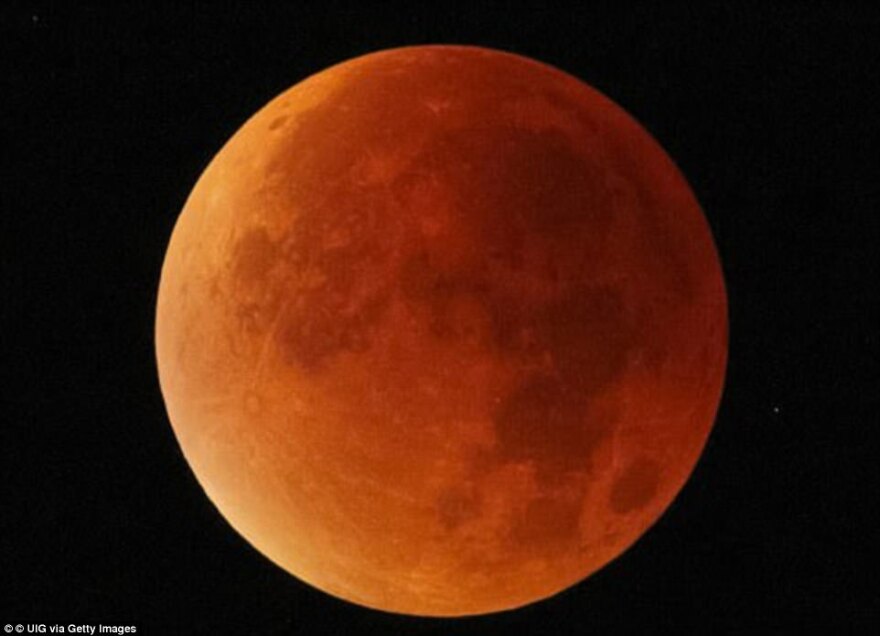Sky watchers are in for a rare triple treat very early Wednesday morning, Jan. 31,2018. A supermoon, blue moon and total lunar eclipse will be on display for early risers.
The 3 lunar occurrences are not unique events by themselves.
A blue moon-- which isn’t really blue-- is a calendar event when two full moons occur in a month, which

happens about every two-and-a-half to three years.
A lunar eclipse, when the sun, earth and moon are lined up, happens about twice a year. And a supermoon, when the moon is at perigee (closest to the earth and appears brighter and larger) occurs about every 414 days.
Steven Wiles, adjunct professor in MSU-Billings Biological and Physical Sciences Department, says those are definitely worth taking note of.
“For all three of those to cycle around and line up at exactly the same times is a fairly rare event,” says Wiles.
EarthSky.org, a science and nature website, says this is the first blue moon total lunar eclipse in the U-S since March ,1866, less than a year after the Civil War.
And then add a supermoon and it’s quite a lunar trifecta.
Wiles says the moon should start to slip into the earth’s half shadow, the penumbra and begin dimming about 4:00 am. It will start to slip into the actual shadow around 5:51 am, with total lunar eclipse at 6:31am.
But he has a caution.
“But at 6:31 am means that at totality the moon is only going to be about 10 % above the west horizon, so it’s going to be way down towards the horizon,” Wiles says. “ Now in principle that does mean it’s going to emphasize the supermoon where we’re going to see that it’s really big.”.
He says the total eclipse will end at 7:07 am, just a little before moon set at 7:39 am.
Wiles says the best place to view this lunar event is where you have a clear view of the western horizon. In Billings that would be on the rimrocks near the airport.
All of this is weather permitting.



